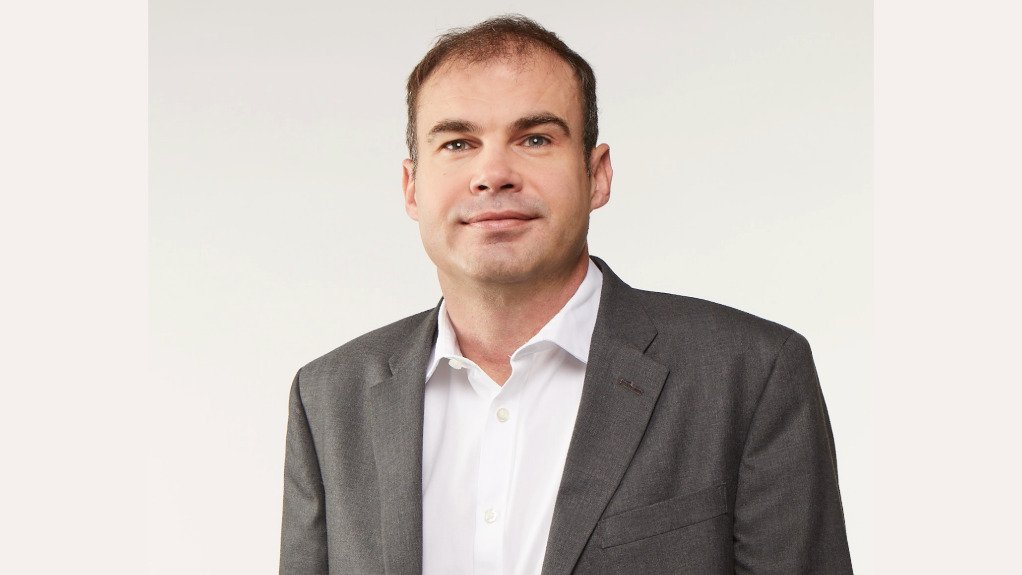Amid increased demand for, and investment in, energy transition minerals, project complexities are increasing, says management consulting company McKinsey & Company partner and Africa capital excellence leader Gerhard Nel.
Demand and investment in energy transition minerals such as copper, lithium, nickel, cobalt, manganese and graphite are rising, he notes, elaborating that copper demand is projected to grow by over 30%, while lithium demand could surge by more than 450%.
Yearly, more than $100-billion is being allocated to large mining projects, with an over 6% increase in investment required yearly to meet demand over the next decade, adds Nel.
Notably, he says some of the biggest mining project investments are occurring in Africa.
Project complexities can be attributed to factors such as grade degradation, orebody challenges, significant infrastructure requirements, supply chain and a growing need for skills.
“Data shows that, despite advancements in project innovation, digitalisation and analytics, average construction productivity remains stagnant or is even declining in some areas,” he adds.
This stagnation is exacerbated by the intensifying competition for skilled professionals as investments increase across mining, heavy industries, renewable-energy and infrastructure projects globally.
Nel explains that increasing investment and complexity in projects will heighten competition for scarce resources and supply chain access. This could result in higher costs and extended project timelines, potentially reducing the competitiveness of African mining and increasing the cost of goods.
Further, despite the critical need for innovation to address these challenges, historically uncertain return on investment in new construction methods, digitalisation and analytics make many project teams cautious.
This conservative approach could hinder the industry’s ability to fully leverage technological advancements that are crucial for improving productivity, he adds.
To meet local requirements and compensate for skills shortages, the African mining industry will need to significantly scale up the efforts, speed and efficiency of capability building, as Africa remains a net exporter of mining and project skills, asserts Nel.
Optimising supply chains and capabilities, along with improving transparency and governance of environmental, social and governance (ESG) metrics, is necessary to meet mining companies’ sustainability goals.
Navigating the African Market
McKinsey has expanded its project optimisation methodologies to account for a broader range of variables, including ESG and risk factors.
Historically, the evaluation and optimisation of ESG and risk considerations have been inconsistent, as they vary between projects, highlights Nel.
However, through data processing and analytics, McKinsey’s refined methodology allows for more transparent and consistent assessments and enables project teams to make well-informed trade-offs to increase shareholder returns.
The company also extensively uses digital and analytics techniques and tools to assess project schedule and cost risks more accurately, enabling for earlier risk mitigation and project optimisation in the life cycle.
McKinsey has successfully applied these techniques, transforming the operations of project teams and frontline construction at coal and platinum group metal (PGM) mining projects in Africa.
Nel says the targeted initiatives for the coal project accelerated key construction activities by more than 200% and, with advanced analytics identifying at-risk tasks in advance, the accuracy of project forecasting exceeded 80%.
By applying these digital and analytics techniques and tools, Nel says the PGM client not only improved ESG benefits but also optimised the carbon and water intensity of their capital portfolio by more than 10%.
This optimisation was achieved with the same capital spend while maintaining similar returns on invested capital, he adds.
This, along with McKinsey’s other successful partnerships, demonstrate how careful planning, project optimisation, performance management and behavioural change, at all levels, can derisk project delivery and unlock substantial value for clients, he concludes.
Edited by: Donna Slater
Features Deputy Editor and Chief Photographer
EMAIL THIS ARTICLE SAVE THIS ARTICLE
ARTICLE ENQUIRY
To subscribe email subscriptions@creamermedia.co.za or click here
To advertise email advertising@creamermedia.co.za or click here













